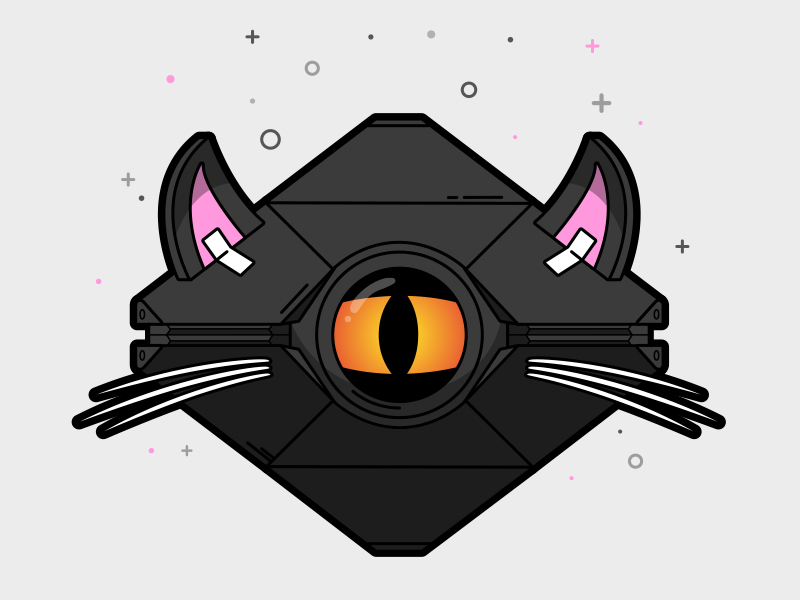Name Something That Lives In A Shell: A Comprehensive Guide
When you hear the phrase "name something that lives in a shell," you might immediately think of animals like turtles or snails. However, there is a fascinating world of creatures that call shells their homes. These animals have adapted to their environments in remarkable ways, using shells as protection, camouflage, or even as a lifelong companion. Whether you're a nature enthusiast or simply curious about the animal kingdom, understanding these shelled creatures can be both enlightening and inspiring.
In this article, we will explore a wide range of animals that live in shells, from the familiar to the obscure. You'll discover how these creatures use shells to survive and thrive in their habitats. Furthermore, we'll delve into the ecological importance of these animals and why they deserve our attention and protection.
By the end of this guide, you'll have a deeper appreciation for the diversity of life within shells and the critical roles these animals play in their ecosystems. Let's dive into the intriguing world of shelled creatures!
Read also:Is Diddy A Gangster Exploring The Truth Behind The Legend
Table of Contents
- Introduction to Shelled Creatures
- Types of Animals That Live in Shells
- Biological Roles of Shells
- Turtle Species
- Snails and Slugs
- Crustaceans Like Hermit Crabs
- Mollusks and Other Marine Life
- Conservation Efforts
- Interesting Facts About Shelled Creatures
- Conclusion and Call to Action
Introduction to Shelled Creatures
Shells are more than just beautiful objects found on beaches. They are vital components of the natural world, providing homes and protection for a variety of animals. The term "name something that lives in a shell" encompasses a broad spectrum of species, each with its unique characteristics and adaptations.
From land to sea, these creatures have evolved to rely on shells for survival. Understanding their biology and behavior not only enhances our knowledge of the animal kingdom but also highlights the importance of preserving their habitats.
Types of Animals That Live in Shells
Terrestrial Creatures
On land, animals such as snails and turtles utilize shells for protection against predators and harsh environmental conditions. These shells are often hard and durable, providing a safe refuge when danger arises.
Aquatic Creatures
In water, animals like clams, oysters, and hermit crabs rely on shells for various purposes. Some use them as permanent homes, while others, like hermit crabs, swap shells as they grow larger.
Biological Roles of Shells
Shells serve multiple functions in the lives of animals. They act as protective barriers, shield against environmental stressors, and even play a role in reproduction. For example, some species use their shells to attract mates or protect developing offspring.
Read also:Nickelback Tour 2025 Usa The Ultimate Guide To Their Rocking Comeback
- Protection from predators
- Camouflage in natural environments
- Structural support for the body
Turtle Species
Turtles are one of the most well-known animals that live in shells. Their shells are part of their skeletal structure, offering unparalleled protection. There are several species of turtles, each with distinct characteristics and habitats.
Land Turtles
Land turtles, or tortoises, are primarily herbivorous and inhabit a variety of terrestrial environments. Their shells are often domed and heavy, providing excellent defense against predators.
Sea Turtles
Sea turtles, on the other hand, have streamlined shells that allow them to swim efficiently in the ocean. Despite their impressive adaptations, many sea turtle species face threats from habitat loss and climate change.
Snails and Slugs
Snails are another group of animals that live in shells. They are found in diverse habitats, from gardens to rainforests. Unlike snails, slugs do not have external shells, but they are closely related and share many biological traits.
Some interesting facts about snails include:
- They can live up to 15 years in the wild.
- Snail slime has medicinal properties and is used in skincare products.
Crustaceans Like Hermit Crabs
Hermit crabs are fascinating creatures that use discarded shells as mobile homes. As they grow, they must find larger shells to accommodate their increasing size. This behavior highlights the importance of shell availability in their ecosystems.
Hermit Crab Habitats
Hermit crabs are found in both marine and terrestrial environments. Their ability to adapt to different habitats makes them resilient survivors in the animal kingdom.
Mollusks and Other Marine Life
Mollusks, such as clams and oysters, are essential components of marine ecosystems. Their shells provide critical habitat for other organisms and play a role in nutrient cycling.
Ecological Importance
The presence of shelled creatures in marine environments supports biodiversity and helps maintain the balance of aquatic ecosystems. Protecting these species is crucial for the health of our oceans.
Conservation Efforts
Many animals that live in shells face threats from human activities, including pollution, overfishing, and habitat destruction. Conservation efforts aim to address these challenges by promoting sustainable practices and raising awareness about the importance of these creatures.
Some successful conservation initiatives include:
- Establishing marine protected areas
- Implementing shell recycling programs
- Engaging local communities in conservation efforts
Interesting Facts About Shelled Creatures
Here are some intriguing facts about animals that live in shells:
- Turtles can live for over 100 years in the wild.
- Snail shells can spiral clockwise or counterclockwise, depending on the species.
- Hermit crabs communicate through vibrations and chemical signals.
Conclusion and Call to Action
In conclusion, the world of animals that live in shells is diverse and fascinating. From turtles to snails and hermit crabs, these creatures play vital roles in their ecosystems and deserve our attention and protection. By understanding their biology and the challenges they face, we can work together to ensure their survival for future generations.
We invite you to take action by sharing this article with others and exploring more about the incredible world of shelled creatures. Your support can make a difference in the conservation of these remarkable animals. Together, we can protect the habitats and ecosystems they depend on.

